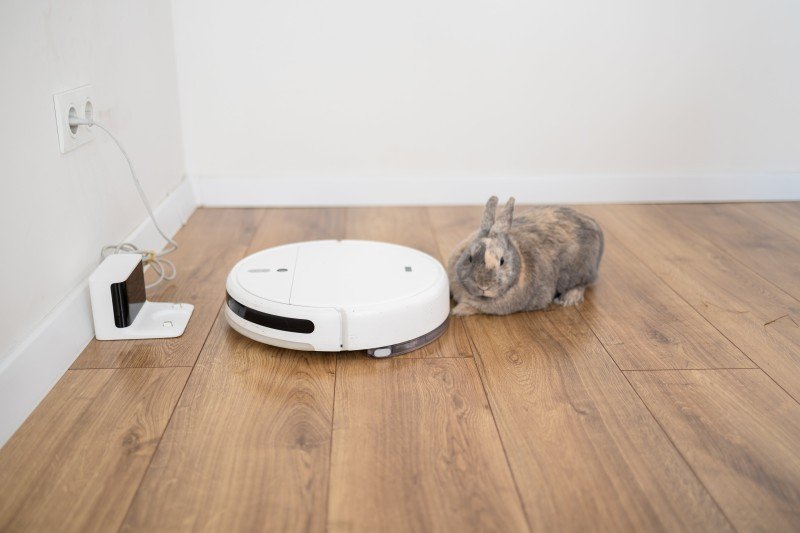Understanding Floor Robots: The Future of Home Cleaning
In recent years, technological advancements have considerably transformed the landscape of household cleaning. Among the most notable innovations is the floor robot, a gadget that has actually quickly gotten popularity for its benefit and performance. This article intends to explore the numerous elements of floor robots, their functionality, advantages, popular designs, and some frequently asked concerns to assist consumers make informed choices.
What is a Floor Robot?
A floor robot, frequently referred to as a robotic vacuum, is an automated gadget designed to navigate floors and eliminate dirt, dust, and particles. Unlike conventional vacuum cleaners, floor robots operate autonomously, using a hassle-free cleaning experience. These smart devices use sensors, mapping innovations, and advanced algorithms to clean various surface areas, including wood, tile, and carpet.
How Do Floor Robots Work?
Floor robots run through a combination of software and hardware parts. Here are the crucial functions that enable their functionality:
1. Sensors
- Challenge Detection: Floor robots have integrated sensors that help them detect challenges, allowing them to navigate around furniture and prevent falls.
- Cliff Sensors: These prevent the robot from falling down stairs or ledges by recognizing modifications in elevation.
2. Navigation and Mapping
- Visual Mapping: Some innovative designs employ video cameras and laser innovation to produce detailed maps of the cleaning location.
- Simultaneous Localization and Mapping (SLAM): This strategy assists the robot track its location and successfully prepare its cleaning path.
3. Cleaning Mechanisms
- Suction Power: Most robotic vacuums utilize a suction system to record dirt and dust, which is then kept in an onboard dustbin.
- Brushing Systems: Many models come geared up with turning brushes or mops for improved cleaning abilities, especially on carpets or tough surfaces.
4. Smart Features
- Connection: Many floor robots support Wi-Fi connection, allowing users to manage them by means of smartphone apps or smart home systems.
- Scheduling: Users can schedule cleaning times, guaranteeing their homes are clean even when they're not there.
5. Autonomous Charging
- Self-Docking: Most robots instantly return to their charging station once their battery runs low, ensuring they're constantly prepared to clean.
Advantages of Using a Floor Robot
The adoption of floor robots comes with various benefits that make them interesting users:
1. Convenience
Floor robots can clean up while users address other tasks, enabling multitasking and time-saving.
2. Increased Efficiency
Robotic vacuums often cover more ground in less time compared to traditional techniques, thanks to their organized cleaning patterns.
3. Constant Cleaning Routine
Users can schedule routine cleansings, guaranteeing that their homes stay clean without requiring daily intervention.
4. Accessibility
Robotic vacuums can quickly access hard-to-reach areas, such as under furnishings or in tight areas.
5. Advanced Features
Lots of designs come equipped with features like voice control and app integration, improving usability and availability.
Popular Floor Robots
When thinking about a floor robot, numerous brands and designs cater to various needs and budgets. Here's a brief summary of some leading alternatives:
| Brand | Model | Secret Features | Price Range |
|---|---|---|---|
| iRobot | Roomba i7+ | Smart mapping, self-emptying dock | ₤ 600 - ₤ 800 |
| Roborock | Roborock S7 | Sonic mopping, challenge avoidance | ₤ 500 - ₤ 700 |
| Neato | Neato D7 | D-shape design, advanced suction | ₤ 600 - ₤ 800 |
| Ecovacs | Ecovacs Deebot T8 | Mopping function, advanced mapping | ₤ 600 - ₤ 800 |
| Shark | Shark IQ Robot | Self-emptying base, home mapping | ₤ 400 - ₤ 600 |
(Note: Prices might vary based on merchants and continuous promotions.)
Regularly Asked Questions (FAQs)
1. Are floor robots effective on carpets?
Yes, many modern-day floor robots are designed to clean numerous surface areas, consisting of carpets. Models with strong suction and rotating brushes are especially effective at getting animal hair and ground-in dirt.
2. How often should I run my floor robot?
This depends on your home's requirements. For homes with family pets or high foot traffic, day-to-day or every other day cleaning might be beneficial. For quieter homes, running the robot once a week might be sufficient.
3. Can I control my floor robot from another location?
Numerous floor robots come with mobile phone apps that enable users to control their devices from another location, schedule cleanings, and display performance.
4. Do I require to clear the dustbin frequently?
A lot of robots need routine emptying of the dustbin, particularly in homes with animals or heavy soil. Nevertheless, some designs use self-emptying abilities, which reduce user involvement.
5. Are floor robots suitable for all types of flooring?
Many floor robots work on numerous surface areas, including wood, tile, and low-pile carpets. Nevertheless, More Signup bonuses might carry out better on specific surface areas, so it's vital to pick a model fit to your home's requirements.
As households continue to embrace innovation, floor robots have actually emerged as necessary cleaning companions, providing convenience, effectiveness, and advanced functions. Comprehending their functionalities, benefits, and available models enables customers to choose the best floor robot to fulfill their specific cleaning needs. By investing in this ingenious innovation, property owners can guarantee their home remain tidy and comfortable with very little effort.

